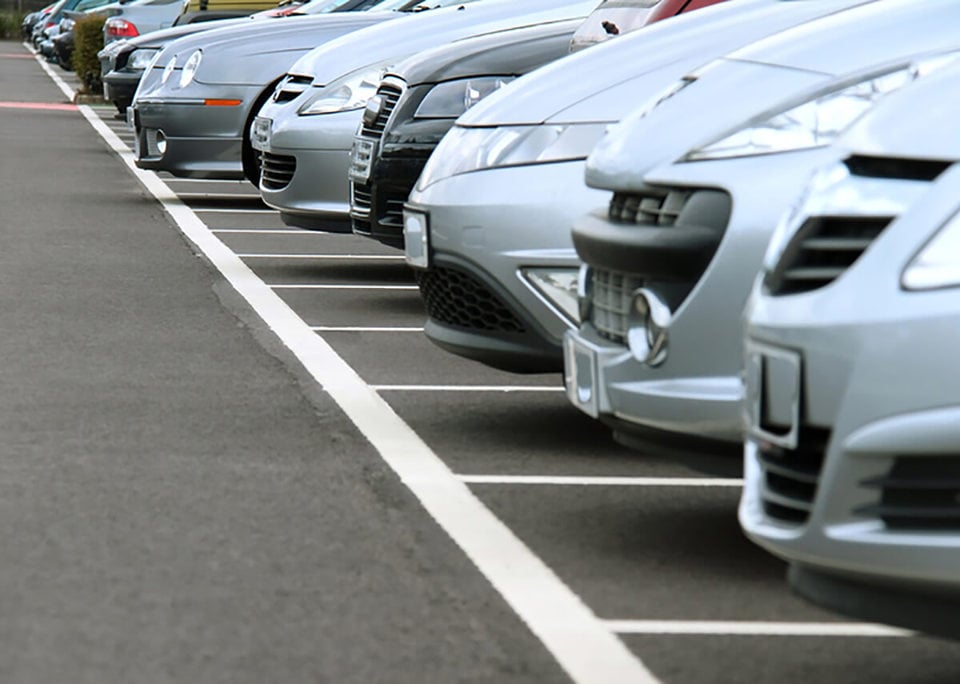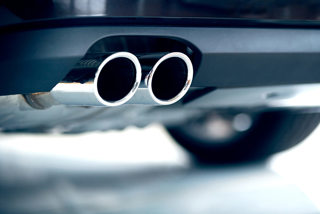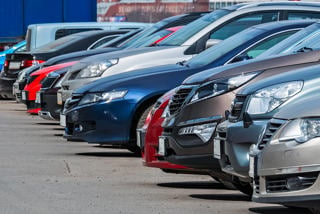The share of grey fleet business mileage as a total of all business mileage has nearly tripled in the past year, potentially increasing exposure to road risk, a new survey suggests.
The research, which was conducted by leasing and fleet management company Alphabet, reveals that 13% of all business mileage in 2011 was carried out in privately-owned vehicles, but in 2012 the grey fleet’s share of business mileage rose to 32%.
Costs also rose as companies reimbursed more mileage at the 45p per mile AMAP rate – or higher. One in five fleets report the cost of their grey fleet increased year-on-year.
Grey fleet travel is generally viewed as riskier than using company-owned vehicles because privately-owned cars tend to be older and it is harder for employers to keep track of service history, insurance and MOTs.
Paul Hollick, sales and marketing director at Alphabet, said: “You can only know whether your bill for grey fleet is pocket change or a black hole of unseen and misallocated costs if you bring all the relevant factors out into the open.
“Today’s grey fleet management tools and services are very effective. Any fleet can use them to quantify and mitigate its grey fleet risks and operating costs.”
Nearly 30% of all respondents were unable to estimate how much of their total business mileage was covered by grey fleet drivers.
It suggests that a large amount of potential additional risk and cost currently flies under the radar of fleets.
Based on the total annual mileages reported by respondents to this year’s survey, employees of the 250 organisations questioned could be clocking up nearly 450 million business miles a year in their own vehicles.
Hollick added: “At the same time, 25% couldn’t specify the pence-per-mile rate they paid their grey fleet drivers.
“Since the fleets we questioned clock up a total of around 450 million grey fleet miles a year and 60% pay their drivers the full AMAP rate of 45p or more, it suggests this sample of 250 operators alone is exposed to more than 130 million ‘unmanaged’ grey fleet miles a year, costing at least £60 million.”
The majority of operators (84%) relied on owner-drivers for less than half of their business mileage, with 46% using company-owned vehicles for more than three-quarters of road travel.
Only 6% of fleets in the sample relied heavily on grey fleet, although it should be remembered that the survey was answered by organisations with 100 or more vehicles.
Public sector fleets tended to be more strongly represented among the minority of fleets that make heavy use of private cars although the sub-sample in this case was quite small. They also tend to pay the highest AMAP rates in additional to lump sums.
A number of local authorities have been investigating the financial savings by getting rid of their company car fleets and replacing it with cash allowance. Staff would then use their own vehicles on company business.
As a politically-driven headline figure, it would show the electorate huge upfront savings. However, most experts believe the wholelife cost argument of switching from car to cash is negative.
The Alphabet research also questioned fleet managers about cost pressures. Topping the list for 2012 is fleet insurance costs – 40% of fleets said they had increased on 2011.
It has overtaken repair and maintenance costs (35%) as the area where the greatest number of fleets have seen cost increases. Insurance premiums rose for many fleets despite a falling minority reporting an increase in accidents.
Just 14% saw accidents rise (compared to 17% in 2011), while a third reported fewer accidents compared to 2011.
It was the biggest reduction highlighted by the survey, followed by total operating budgets – 27% of fleets said budgets had fallen year-on-year. Just under a quarter (24%) said their fleet had reduced in size, although 28% reported fleet growth in 2012.
























Login to comment
Comments
No comments have been made yet.